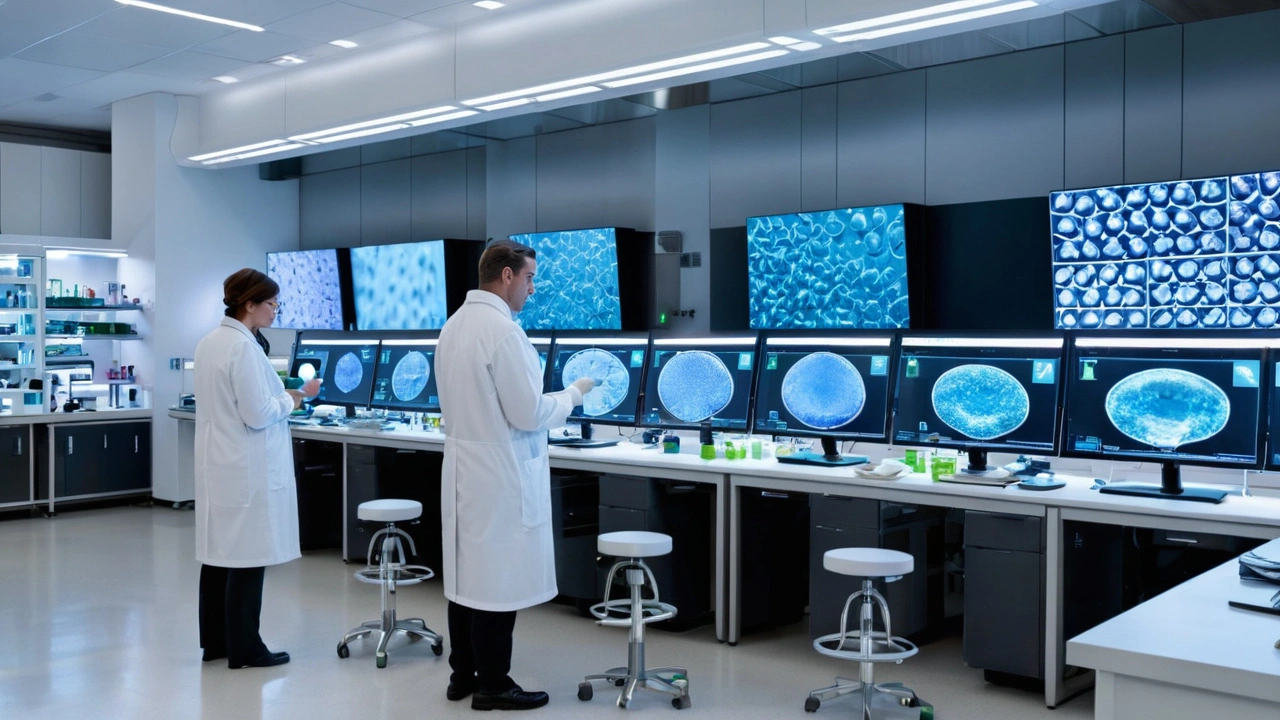Stem cells get a lot of buzz. Some clinics promise cures, while real medicine is more cautious. If you want a quick, useful take—here it is: stem cells are powerful, they help in some proven treatments, and they can be risky if used wrong. This page gives plain answers so you can spot real options and avoid hype.
First, what are we talking about? In short, stem cells are body cells that can turn into other cell types or support repair. There are three common types people mention: adult (from bone marrow or fat), embryonic (from embryos), and induced pluripotent stem cells or iPSCs (adult cells reprogrammed to act like embryonic ones). Each type has different uses and rules.
There are a few areas with solid evidence. Blood stem cell transplants (bone marrow) are standard for leukemia and some blood disorders. Corneal stem cells can restore parts of the eye after injury. Some skin and tissue grafts use stem cells too. For most other conditions—like arthritis, Parkinson’s, or heart disease—research is ongoing. Early studies look promising in labs and small trials, but broad, reliable results are still limited.
That means if someone offers a single injection that claims to cure a chronic disease, be skeptical. Real treatments usually go through phases of clinical trials, are tested for long-term safety, and have published data in peer-reviewed journals.
Ask direct questions. Is the treatment part of a registered clinical trial? Can they show peer-reviewed publications with the same method and patient group? Who will do follow-up care and for how long? If the clinic avoids these questions or uses vague success stories and photos, that’s a red flag.
Other practical checks: confirm the facility is regulated by your country’s health authority, check for clear informed consent forms, and ask about sourcing and handling of cells. Price alone doesn’t prove quality—some legitimate trials are low- or no-cost while shady clinics charge high fees for unproven procedures.
Side effects can be real: infections, immune reactions, unwanted tissue growth, and even tumors in rare cases. Long-term safety data is missing for many off-label uses. That’s why follow-up and proper oversight matter.
If you’re thinking about a treatment, talk to a specialist in the right field (hematologist for blood disorders, neurologist for brain conditions, orthopedic surgeon for joints). Get a second opinion and compare clinical trial listings on trusted registries like ClinicalTrials.gov. Keep records of tests, imaging, and doctor notes so you can track results over time.
Want reliable updates? Read studies in respected journals, follow major medical centers and patient groups, and watch for clinical trial data rather than marketing language. Stem cell science moves fast, but safe translation to routine care takes time. Use caution, ask good questions, and choose providers who are transparent and evidence-based.

Delving into how stem cells are revolutionizing research and treatments for Duchenne Muscular Dystrophy, this article explores the underlying science, recent advancements, and potential future directions of this promising medical field.
More